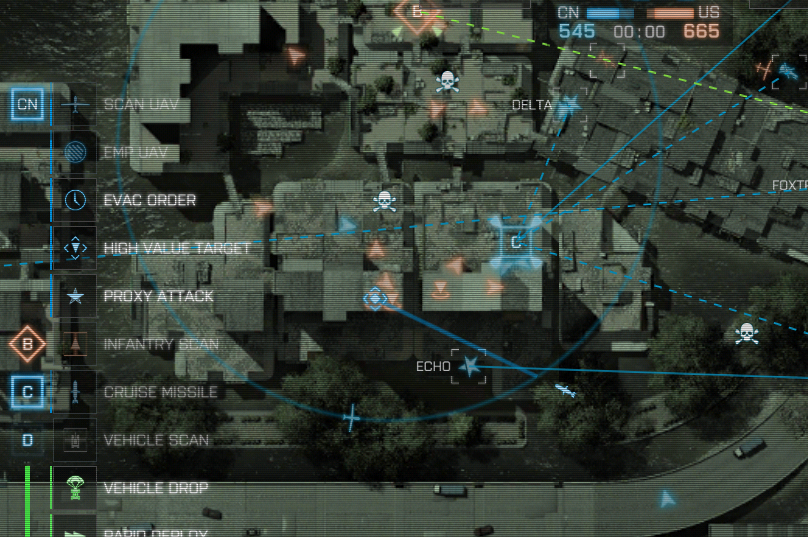To excel as the Commander in Battlefield 4 multiplayer, your approach should revolve around effective strategic support and comprehensive oversight of the battlefield. Here’s a detailed guide to mastering this role:
Fundamental Principles of Commanding
1. Exclusive Focus on Commanding:
– Remain dedicated to Commander mode—avoid engaging as a soldier or participating in vehicle battles. Your primary objective is to provide support and guidance to the entire team rather than individual participation in combat [1][4].
2. Utilize the Map’s Bird’s-Eye View:
– Leverage the overhead map to monitor control points, troop movements, and squad statuses. This bird’s-eye perspective is crucial for making informed decisions. Issue clear orders such as attack, defend, or move based on the evolving battlefield context [3][5].
3. Deploy Assets Strategically:
– Focus on deploying support assets linked to the control points currently under your team’s control. For example, supply crates, vehicle drops, UAVs, artillery strikes, and gunship support become available only for these locations. Prioritizing the defense or capture of these key areas is essential for maximizing your support capabilities [3].
4. Start with Simplicity:
– If you are new to the Commander role, begin with straightforward commands like issuing attack or defend orders. Deploy UAVs to enhance situational awareness before progressing to more complex tasks such as coordinating artillery or gunship strikes. This gradual escalation helps you build confidence and competence in your role [5].
5. Manage Team Logistics:
– Play a crucial role in managing respawn timers and squad promotions. By efficiently coordinating these elements, you enhance support chains, enabling faster reinforcements that can determine the outcome of engagements [5].
6. Target High-Value Threats:
– Keep an eye on enemy players, particularly those with kill streaks, as they can significantly impact your team’s performance. Use reconnaissance and missile strikes wisely to neutralize these threats before they can inflict further damage [4].
Additional Strategies for Success
– Communication is Key: Maintain clear and consistent communication with your squads. Use voice or chat systems to convey strategic directives and ensure that everyone understands their roles and objectives.
– Adapt to Changing Scenarios: Be flexible in your command style. The dynamic nature of multiplayer battles may require you to adjust strategies rapidly. Stay responsive to the flow of battle, and re-evaluate your orders regularly based on the current situation.
– Continuous Assessment: Regularly assess the effectiveness of your orders and the deployment of assets. If something isn’t working as intended, don’t hesitate to change tactics. Keeping a pulse on the game’s flow will enable you to make the best decisions for your team.
– Encourage Team Coordination: Foster a culture of teamwork by recognizing and promoting effective squads. Empowering players can enhance morale and drive engagement and performance during critical moments in the match.
Conclusion
In summary, the Commander role in Battlefield 4 is all about strategic oversight and coordination. By focusing on situational awareness, issuing clear orders, and optimally using available assets, you can significantly influence your team’s performance. Engage with the battlefield’s dynamics while keeping an eye on the broader strategy—this will ensure that your contributions as a Commander lead to victory. Remember, it’s not about personal kills but about guiding your team to succeed through informed leadership [1][2][5].






Leave a Reply